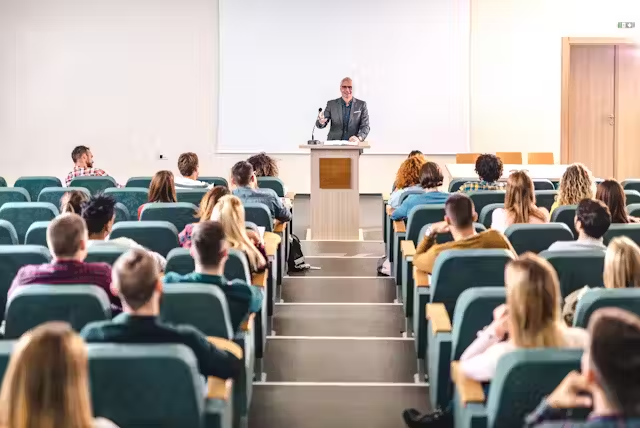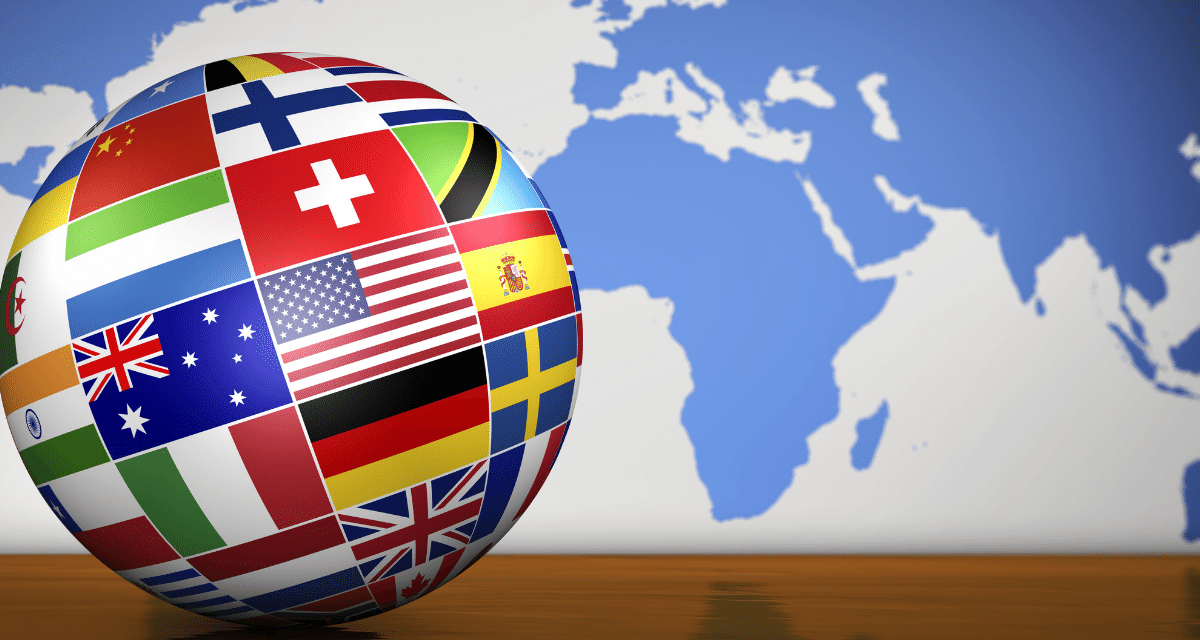
“How Certified Educators Are Driving Inclusive Classrooms”
Introduction
In today’s interconnected and diverse learning environments, inclusion is no longer a buzzword — it’s a necessity. Certified educators are at the forefront of this transformation, using their training to foster classrooms where every student, regardless of background or ability, feels seen, heard, and supported.
The Power of Professional Certification
Educators who undergo certification programs through organizations like INEAA are trained to implement inclusive practices rooted in international standards. These programs — including the Certified Inclusive Education Specialist (CIES) and Certified Special Education Practitioner (CSEP) — emphasize:
- Culturally responsive teaching methods
- Differentiated instruction tailored to individual needs
- Strategies for supporting learners with disabilities and neurodiverse conditions
- Anti-bias frameworks to reduce systemic exclusion
Creating Safe and Equitable Learning Environments
Certified educators learn to design inclusive lesson plans and classroom environments that:
- Accommodate various learning styles (visual, auditory, kinesthetic)
- Use adaptive technologies and tools
- Encourage peer collaboration and empathy
- Promote equity in assessment and participation
Students in these environments are more engaged and confident, and academic outcomes often improve as a result.
Global Examples in Action
From Nigeria to Norway, INEAA-certified professionals are setting new standards. For instance:
- A CIES-certified teacher in South Africa launched a peer mentorship program for students with learning challenges.
- In the Philippines, a CSEP-certified educator successfully redesigned her classroom to support inclusive team-based projects that benefited ESL learners.
These case studies reflect a growing global movement toward equity-driven teaching.
Continuous Growth Through Certification
The INEAA certification framework encourages lifelong learning. Educators are not only equipped with inclusive practices — they are also part of a global network of peers committed to collaboration and change.
Certification offers more than a title. It represents a mindset shift: from content delivery to learner-centered engagement.
Conclusion
Inclusive classrooms don’t happen by accident — they’re designed and nurtured by educators with the right mindset, tools, and training. With INEAA’s educator certification programs, teachers are empowered to lead with empathy, innovation, and cultural fluency.
Interested in Becoming a Certified Inclusive Educator?
Join the growing network of globally-minded professionals making a difference.
Apply for Certification
-
Top 5 Trends Shaping Education Globally
Top 5 Trends Shaping Education Globally Introduction From hybrid classrooms to AI tutors, global education is transforming faster than ever. At the International Education Accreditation Authority…
-
How One School’s Accreditation Journey Transformed Its Global Impact
“How One School’s Accreditation Journey Transformed Its Global Impact” Introduction Accreditation is more than a badge — it’s a catalyst for transformation. At INEAA, we’ve witnessed…
-
Why Global Accreditation is the Future of Education
“Why Global Accreditation is the Future of Education” Introduction In an increasingly interconnected world, education is no longer confined by borders. Students now pursue learning from…
-

“How Certified Educators Are Driving Inclusive Classrooms”
“How Certified Educators Are Driving Inclusive Classrooms” Introduction In today’s interconnected and diverse learning environments, inclusion is no longer a buzzword — it’s a necessity. Certified…
-

“Why International Accreditation Is No Longer Optional in 2025”
IntroductionIn today’s interconnected world, international accreditation has become a crucial benchmark for educational institutions striving to meet global standards. By 2025, the significance of accreditation will…

Leave a Reply